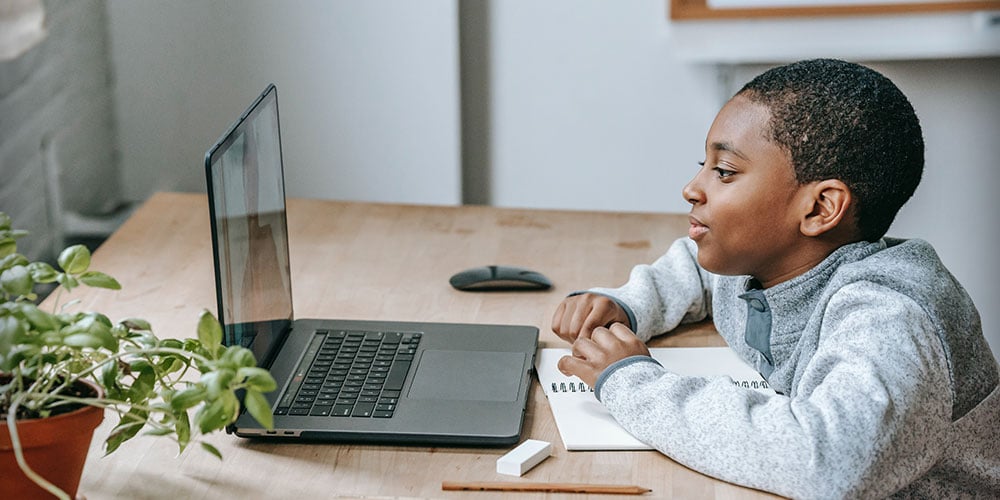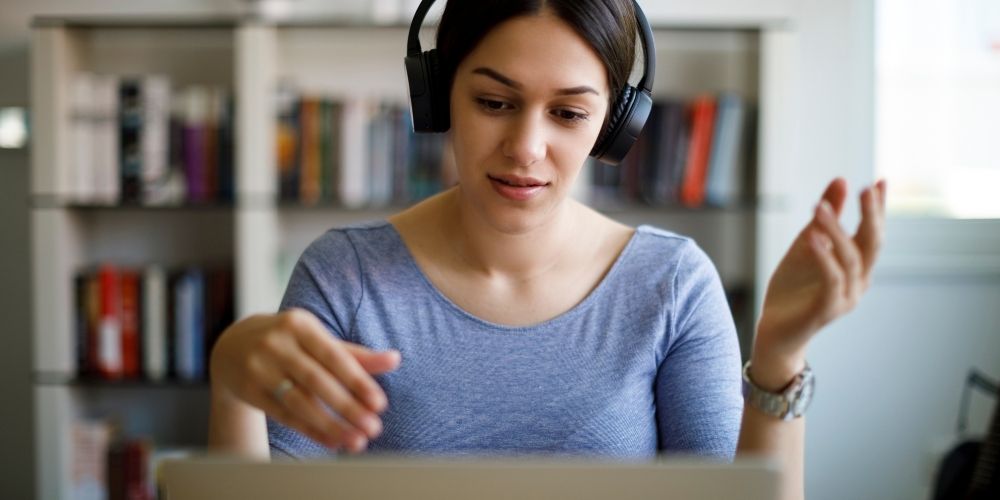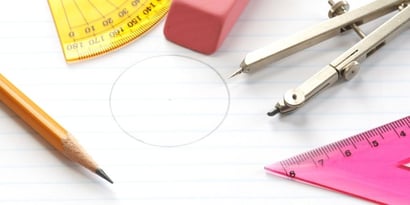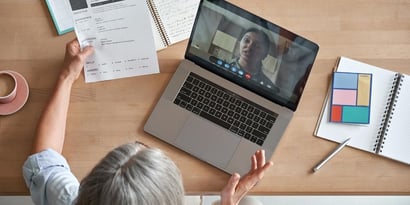Contents
- How does experiential learning work?
- Is experiential learning suitable for everyone?
- What are experiential learning methods?
- What are the benefits of experiential learning?
- How to implement experiential learning in the classroom?
Have you ever heard of experiential learning? Nope, that wasn’t a typo for experimental!
Experiential learning comes from the word ‘experience’ and that’s exactly the focus of this style.
Experiential learning has a simple basis: Students experience, students reflect on that experience, students think about that experience then students act upon that experience.
But what does this mean in practice for your students who might benefit from Experiential learning?

How does experiential learning work?
In short, experiential learning is “learning by doing”. Most teachers and tutors are familiar with the phrase ‘kinetic learner’ and experiential learning takes this to the next level. Students are interacting with their environment to adapt and learn. There are many types of hands-on learning for every type of student.
Is experiential learning suitable for everyone?
In short, experiential learning is for everyone! When you realise that apprenticeships, internships, studying abroad and volunteering are all types of experiential learning, you realise that everybody benefits from experiential learning and probably integrates it into their lives more than they thought.
David Kolb is one of the most influential people in the field of experiential learning. The experiential learning styles by Kolb or the Kolb Experiential Learning Profile (KELP) have nine versions of the simple basis (experience, reflect, think, act) to suit every style of student. Our learning styles are usually not something that we are consciously aware of, they just come naturally to us. Let’s take a look at the nine KELPs below
|
Learning style |
Characteristics |
|
Experiencing |
Comfortable with expressing your emotions, like teamwork and are able to create trusting relationships with others. Students using the experiencing style are engaged and intuitive |
|
Imagining |
Self-aware and empathetic. Students using the imagining style are creative and able to make new ideas. |
|
Reflecting |
Patient and careful. Students using the reflecting style are reserved but listen with an open mind and gather information. Reflecting allows students to look at a problem from different angles and with empathy. |
|
Analysing |
Methodical and using critical thinking to minimise mistakes. Students using the Analysing style are structured and really precise as they try to get the full picture. |
|
Thinking |
Knows how to communicate ideas and make independent judgements. Students using the thinking style are sceptical and form arguments based on logic, not emotions. |
|
Deciding |
Committed and focused. Students using the deciding style are realistic, accountable and direct, they are also practical problem solvers. |
|
Acting |
Accomplish goals under a deadline and implement plans even with limited resources. Students using this style are on time, assertive and courageous. |
|
Initiating |
Seize opportunities and participate freely. Students using the initiating style are outgoing and spontaneous. They are not easily discouraged by failures and brush them off to try again. |
|
Balancing |
Resourceful and adapting. Students using the balancing style are good at mediating between people and recognising when they are uninformed about something. |
What are experiential learning methods?
Experiential learning methods can be embedded into learning through real contexts. For example:
- Teamwork projects ( this could be creating a theatre piece, or coming up with a brand)
- Laboratory projects (students can learn how to design and conduct experiments)
- Studio projects (such as woodwork, or textiles)
Where experiential learning methods really come into their own isn’t just in ‘the doing’, but more in the ability to reflect on ‘the doing’. This gives a student a mix of both practical insight and conceptual insight.
What are the benefits of experiential learning?
We all know that there is more to learning than the four walls of a classroom. Students need to be engaged in hands-on experiences and crucially, reflection. This allows students to connect the theory to real-life situations, which is the ultimate goal of effective learning. In fact, the retention rate from experiential learning can be as much as 90 per cent!
Experiential learning allows students to be more creative and better grasp concepts, which often makes for a more satisfying lesson overall for students, tutors and teachers. In fact, often teachers and tutors notice an improved approach to learning in their students the more that experiential learning is used. Students make mistakes, acknowledge the methods that don’t work and change tact. This teaches students an appreciation for mistakes as part of the learning experience.
How to implement experiential learning in the classroom?
Here are some classic examples of experiential learning activities for the classroom, don’t forget to dedicate time to reflect on what was done afterwards!
Students need to consider and make conclusions about their hands-on activities too.
Some classic examples of experiential learning include:
- Growing- Planting a seed to grow a plant
- Building- Creating structures with bricks to learn about engineering concepts.
- Searching- Treasure hunts with clues to find a prize
- Theatre – Creating a short drama piece in collaboration
- Dance – To convey a story or emotion
Maybe you are teaching students online as is becoming increasingly the norm today. This doesn’t mean that learning has to be 2D. With creativity, students will be engaged in experiential learning online.
- Screensharing and whiteboard functions can make for some great drawing activities.
- Teachers and tutors can check learning by asking students to pretend that they are teaching the teacher, and giving a live explanation.
- Students can use objects around them in activities, for example finding objects in the geometric shape that they are learning about.
- Role-play can be integrated into so many subjects online! Students can be assigned a random country where they must role-play as an ambassador for that country. Students can be engaged in a debate and prepare to argue for or against a point.
- Virtual tours can be a great way to ‘escape’ the digital classroom for some experiential online learning. Students can visit monuments around the world and even give a tour based on facts that they’ve learnt.
Soon enough you’ll be identifying the ways that you naturally implemented experiential learning already in the classroom, along with some new ideas to implement more experiential learning into every subject.









